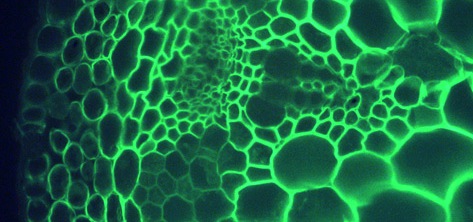What is Plant Plasticity?

Plant plasticity refers to a plant's ability to adapt to and cope with changes in its environment. In contrast to animals, which are able to actively move away to avoid challenges such as a predators or a changing climate, plants have acquired the ability to biosynthesize an unprecedented array of structurally complex bioactive natural compounds with specialized roles in order to cope with environmental challenges.
The greatest chemical complexity is found in toxic defence compounds which plants deploy to deter herbivores and pests. As a result, plants have become the world champions in carrying out complex chemistry! Plant plasticity is indeed phenomenal and we can find plants that grow in the most unfavorable conditions.
Many classes of bioactive natural products are found only in a narrow plant lineage. However, one particular class of plant bioactive compounds, cyanogenic glucosides, is widespread in the plant kingdom, and the Villum Center of Excellence ‘Plant Plasticity’ is focused on elucidating the contribution of this class of plant defence compounds to plant plasticity. Since cyanogenic glucosides are present in the majority of our crop plants, including cereals and fruit trees, we are able to focus our fundamental research initiative on major crop plants while at the same time using Lotus japonicus as a genetically well-defined model plant. Lotus japonicus is a well characterised and easily propagated plant in which fundamental research can be performed that will add to our understanding of how plant plasticity is applicable to commercially important crops.
Read more about the Center's research in plant plasticity here.
